How to Introduce Dogs
12.03.2021.
Dogs are naturally very social. Most of them love being a part of the pack and hanging out with their dog best friends. If you have a dog, the process of socialization is vital for their development. That process will include meeting new dogs and people. If you ever wondered about that, you probably asked yourself this question, “How to introduce dogs?”
There are different scenarios. There is a slight difference if you introduce your dog to a strange dog in a park or introduce your dog to a new puppy you are bringing home. There is no need to worry; we are here to help and let you know how to introduce dogs in the safest manner.
Strange dog introduction
If you are a new dog owner, you are probably aware that you will meet other dogs on your daily walks with your dog. Your dog will probably want to meet new friends and smell every dog they come across. Here is some advice on how to introduce dogs while you are on a walk and a new dog approaches you.
Ask for permission
The first thing you should do is ask the other owner if meeting their dog is OK. Only after the owner confirms should you allow your dogs to introduce themselves. Some dogs might not be as friendly as your dog, and it might be better to avoid dog introduction if the situation can be risky.
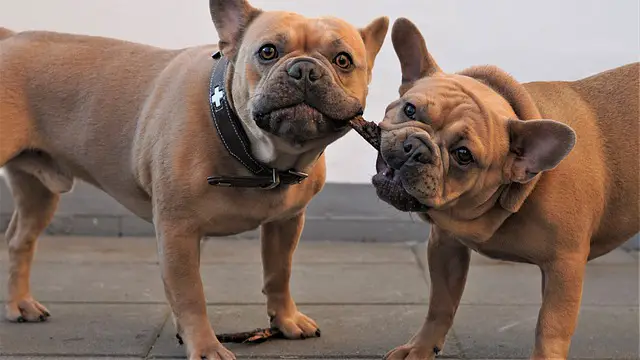
Different interaction
Dogs can act differently on and off-leash. Make sure to keep an eye on your dog even if the introduction went great and you decided to let them off the leash to play.
Signs of a good introduction
Signs of great introduction are a relaxed facial expression, wagging tail, play bow, wagging their rear end. That means the dogs are friendly, and they are happy to meet each other.
Signs of a risky introduction
Some introductions can be risky. If you notice or suspect the dog you are approaching can be unfriendly, it might be better to avoid the introduction. Some signs of risky dog introductions are yawning, turning their head away from the other dog, low-held tail, stiff jaw, hair standing on the back, shaking…
Limiting the dog introduction
Your dog doesn’t have to meet every dog that you come across. Avoid some introductions, and make sure you use that time to train your dog’s focus on you.
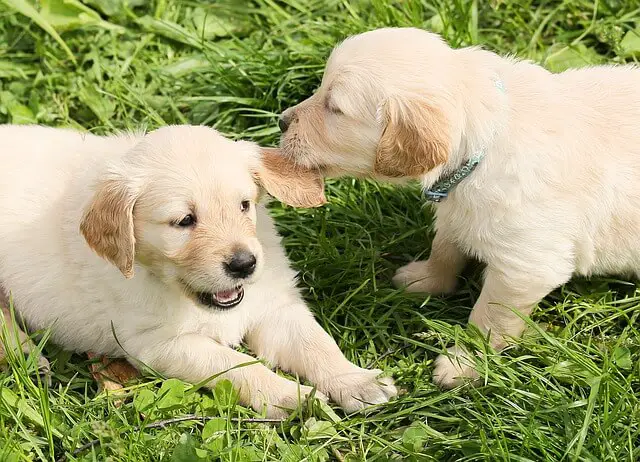
Dog behaviorist top advice
Take it slow. If the dog introduction is done correctly, it can define your dog’s life. Your dog will develop into a social and friendly dog that loves having company. If your dog is relaxed about meeting new dogs, they will make most of their future dog introductions safe and happy.
You can read more about the importance of socialization here - Socialization tips and tricks.
New puppy introduction
If you are a dog owner and have an adult dog you already share your life with, introducing a new puppy can be stressful. It might be hard if you don’t know what to expect or how to do it properly. You might be wondering how to introduce dogs to puppies. The task can be difficult even for the most experienced owners. Here are some things you should know about introducing a new puppy to older dogs.
Older dogs rule
Your older dog shared your life before the new puppy arrived. There are certain things and rules your older dog is used to, and the new puppy has the task of learning house rules from you as well as from your older dog. The puppy will not know all the rules from the moment they step into your home, so be patient.
Puppy play partner
Puppies love to play; that is not a big secret. From the moment they get relaxed, they will look for other dogs to play with. If there are no other puppies around, they will focus on your dog to play with. Some older dogs will love that, and some might not. It is essential you chaperone the first introduction.
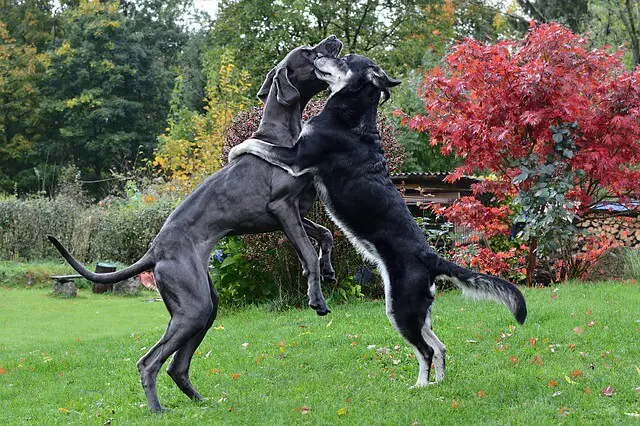
The older dog will correct the puppy’s behavior
Some owners might get scared if the older dog growls at their new puppy. However, that is entirely normal. Your older dog will let the puppy know if the puppy is doing something they are not supposed to. It is their way of telling the puppy to stop doing what they are doing. Don’t punish your older dog for doing that - they are actually helping you teach the puppy new rules. However, you should make sure that the older dog’s reprimanding is appropriate, and they don’t injure or hurt the puppy.
Supervision
Your older dog can quickly become overwhelmed by the new, energetic puppy that is still learning rules. They will tolerate the puppy as long as they can, but if you notice any signs of agitation, you should separate them. Focus your puppy’s energy on something else before escalation. If you cannot supervise the older dog and the puppy, the puppy should be crated or placed in the exercise pen.
Allow your older dog time to be alone
Just like humans, some dogs love having some time for themselves. Make sure you provide your older dog with some alone time a couple of times a day. Mind you, the only thing you have to separate them from is the new puppy. You can do that by placing each dog in their separate crate or closing off a specific area. You can close off an area using dog gates.
Reward your dogs
If your dogs are behaving themselves and are being nice to each other, give them a reward. Give your dogs some delicious treats and reward them for the behavior you want to encourage. The best way to ensure your puppy is on their best behavior is to provide them plenty of mental and physical activities. You can take both of your dogs for a joint walk, which is a great way to allow them to bond.
If you follow this advice on how to introduce dogs, pretty soon, you will have dogs that have become best friends. Make sure to take your time and proceed at a pace that suits the older dog as well as the puppy.
World Dog Finder team

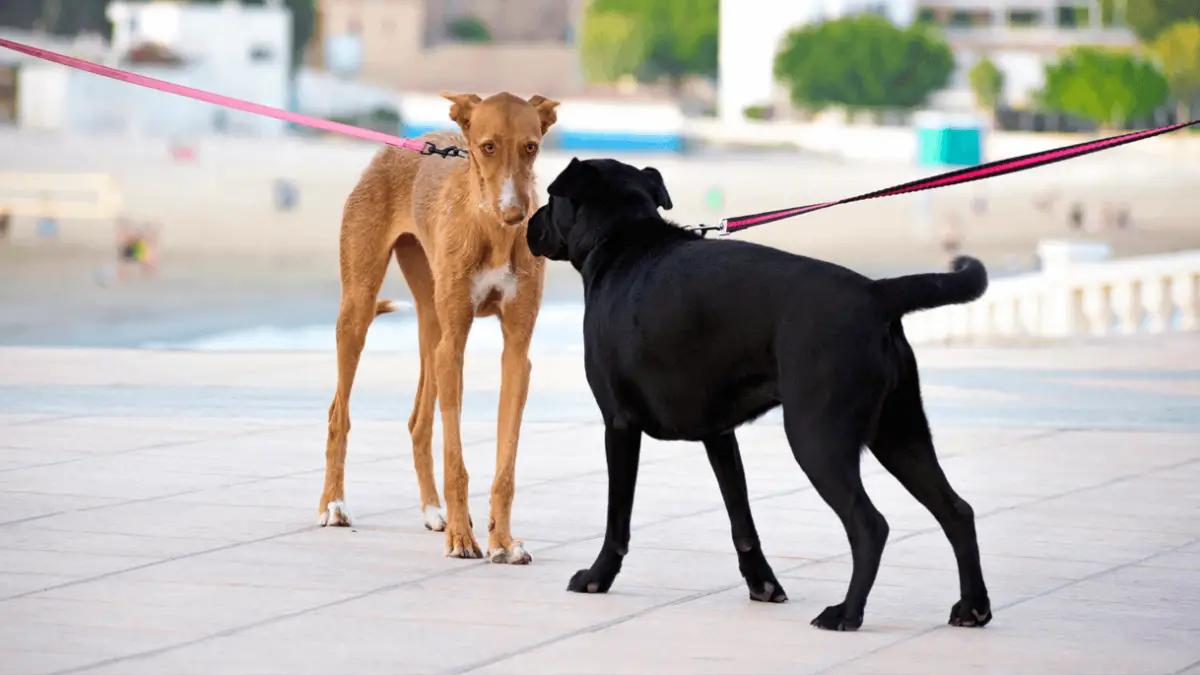


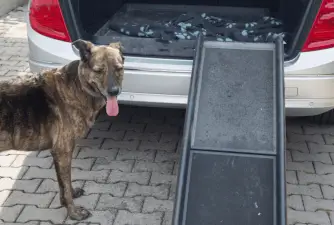


Share